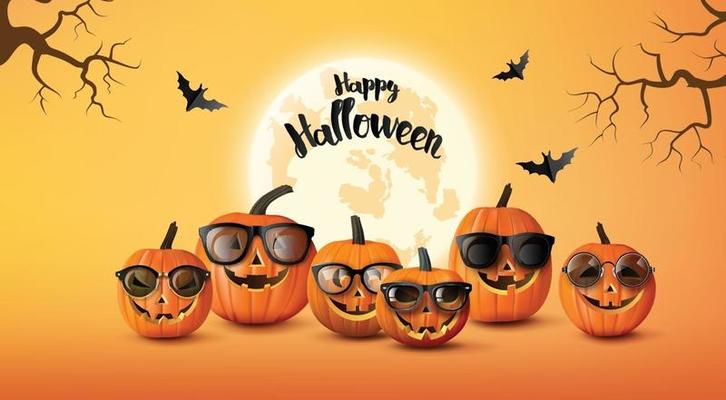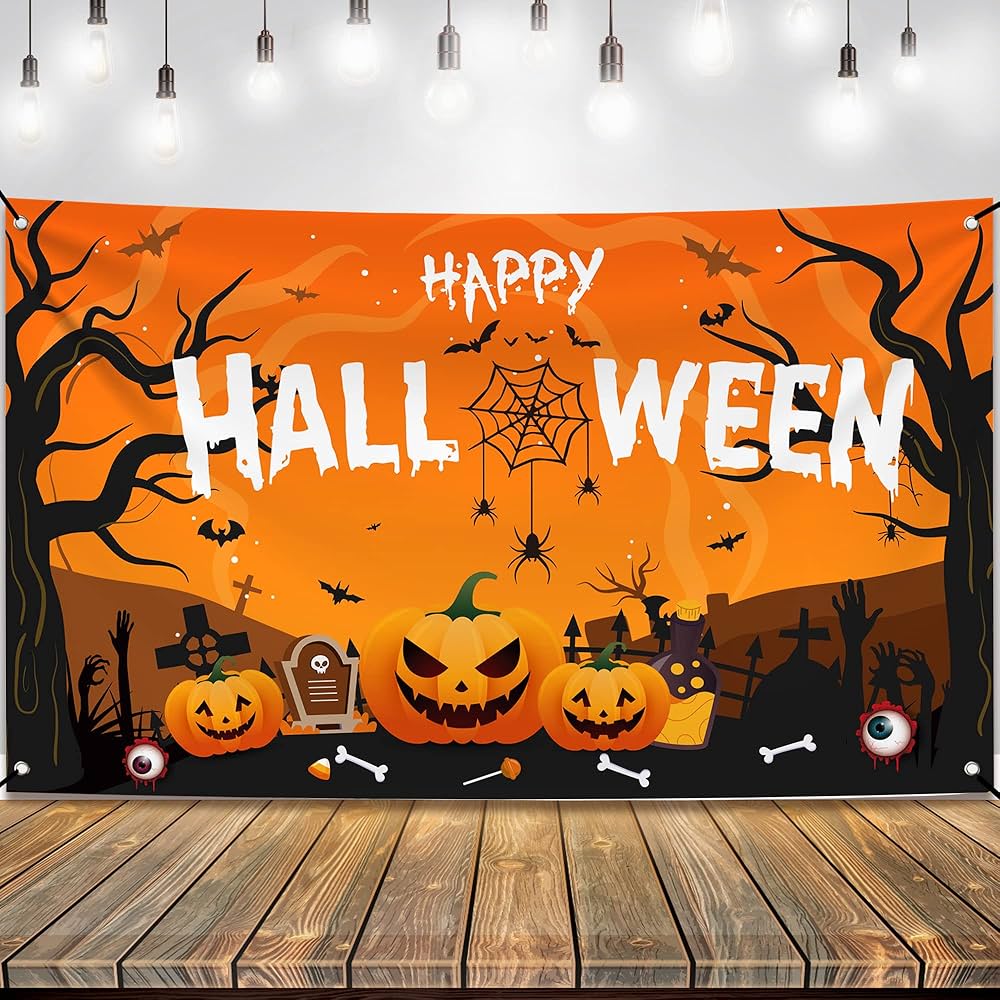Blog
Get Ready for the Cultural Evolution of Halloween 2025 in America

Halloween 2025 is shaping up to be one of the most dynamic celebrations in modern American history. While the spooky season has always been filled with tricks, treats, and playful fright, the cultural evolution of Halloween shows how this ancient festival continues to adapt and thrive in a rapidly changing world. From its Celtic roots to its modern reinvention as a pop-culture phenomenon, Halloween now blends ancient mysticism with fashion, art, and social media trends—making it an event that’s more expressive than ever before.
A Deep Dive Into The Origin of Halloween
Halloween’s story begins more than 2,000 years ago with the ancient Celtic festival of Samhain, a time when people celebrated the end of the harvest season and the beginning of winter. The Celts believed that on the night of October 31, the boundary between the living and the dead blurred, allowing spirits to roam freely. To ward off these wandering souls, villagers lit bonfires and wore costumes made of animal skins—planting the early seeds of what we now recognize as Halloween attire.
When Christianity spread across Europe, All Saints’ Day (or All Hallows’ Day) was established on November 1, and the evening before became known as All Hallows’ Eve, which over time evolved into “Halloween.” This blend of pagan and Christian traditions created a unique mix of superstition, celebration, and reverence for the unknown.
Ancient Holidays That Left Their Marks
Beyond Samhain, several other ancient festivals helped shape Halloween’s identity. The Roman festivals of Feralia and Pomona were dedicated to honoring the dead and celebrating the goddess of fruit and trees. It’s believed that the apple, Pomona’s sacred symbol, inspired the Halloween tradition of bobbing for apples—a playful game that still lives on today.
Similarly, the Mexican Día de los Muertos (Day of the Dead) and All Souls’ Day celebrations in Europe contributed their own colorful and spiritual dimensions to how we remember and celebrate those who have passed on. The intermingling of these cultural observances demonstrates how Halloween evolved through a shared human desire to connect with both life and death in meaningful, expressive ways.
From Europe to North America
When Irish and Scottish immigrants came to America in the 19th century, they brought their Halloween customs with them. In North America, the holiday took on a new life, blending Old World folklore with New World creativity. Pumpkins—native to the Americas—replaced turnips as the go-to carving vegetable, giving birth to the iconic Jack-o’-lantern we know today.
By the early 20th century, Halloween had become a community event centered on parades, parties, and neighborhood gatherings. Trick-or-treating emerged as a fun, family-friendly way for children to engage in the festivities. Over time, costumes expanded beyond ghosts and witches to include everything from movie characters to pop-culture icons—reflecting how Halloween always evolves with society’s imagination.
Mischief and Mayhem
In its early American days, Halloween was as much about mischief as it was about candy. Pranks and “devil’s night” antics were common among teenagers, with stories of soaped windows, overturned outhouses, and ghostly scares. Though much of the mayhem has faded into history, its spirit of playful rebellion still remains.
Today, Halloween 2025 celebrates that same sense of fun and daring—but with a modern twist. From flash mobs in spooky costumes to interactive haunted houses powered by AI and augmented reality, Americans continue to find new ways to make the night both thrilling and unforgettable.

Costumes: Where Tradition Meets Trend
Costumes have always been at the heart of Halloween, symbolizing transformation and freedom. What began as simple disguises to confuse spirits has turned into a massive creative industry that showcases everything from classic witches to Hollywood-inspired looks.
As Halloween 2025 approaches, fashion enthusiasts are redefining costume culture. Many are choosing eco-friendly and handmade designs, celebrating sustainability while still embracing the eerie and imaginative. Children and adults alike are looking for comfortable yet eye-catching outfits that can double as stylish seasonal wear.
If you’re searching for Halloween-inspired fashion this year, check out these creative outfit ideas from Burracq:
- Children’s Clothing Suit XL – Perfect for your little one’s themed school party or Halloween night adventure.
- 2PCS Set Striped Round Neck T-Shirt and Cycling Shorts (Burgundy) – A trendy, comfortable option for casual Halloween hangouts.
- Cotton and Linen Printed Hoodie (Red) – Great for a cozy, fall-season streetwear look.
- Personality New Cotton Plaid Women’s Shirt (Red) – Adds a touch of rustic charm perfect for autumn vibes and themed gatherings.
These stylish outfits bring together comfort, culture, and creativity—helping you look great while celebrating the magic of Halloween 2025.
Halloween Icons
From black cats and bats to witches and Jack-o’-lanterns, Halloween icons have deep symbolic roots. The black cat, for instance, was once thought to be a witch’s familiar, while bats were linked to the night and mystery of the underworld. Jack-o’-lanterns originated from Irish folklore about “Stingy Jack,” a man doomed to wander the earth with only a carved-out turnip lantern to light his way.
Today, these symbols continue to inspire decorations, costumes, and even digital art. In 2025, you’ll find holographic pumpkins, projection-mapped haunted houses, and AR-based trick-or-treat routes—all blending tradition with technology in mesmerizing new ways.
The Cultural Evolution of Halloween 2025
Halloween has grown beyond a simple night of candy and costumes—it’s now a global cultural movement. It reflects how people express their creativity, connect with their communities, and honor the past while embracing the future. In 2025, Halloween is more inclusive, diverse, and imaginative than ever before.
From eco-conscious costumes and social media-driven parties to immersive haunted attractions and cultural mashups, this year’s Halloween will showcase how traditions continue to evolve while retaining their timeless charm.
So, get ready for the Cultural Evolution of Halloween 2025—a celebration of history, imagination, and transformation that reminds us that even in a world of change, a little mystery and magic never go out of style. 🎃👻
